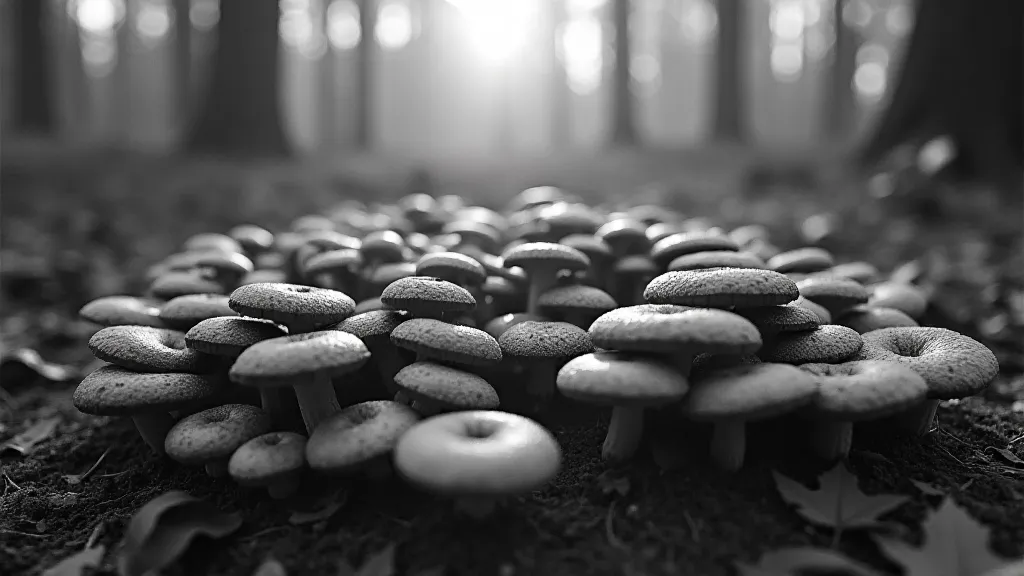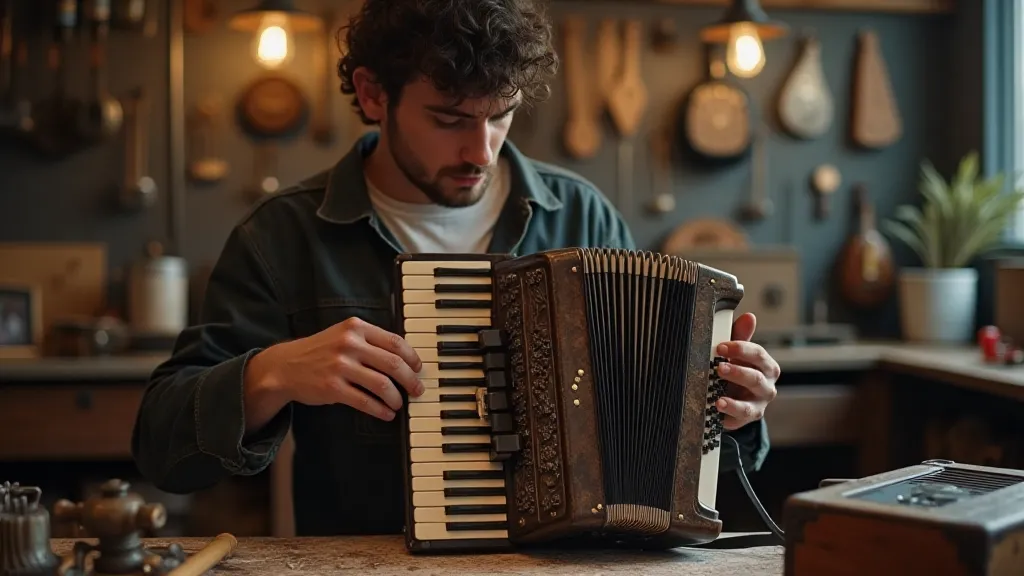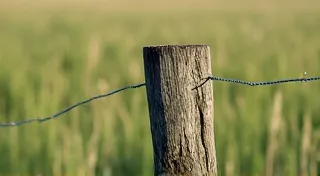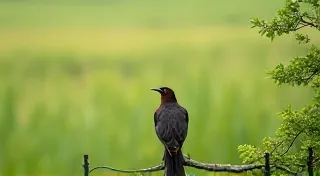The Ring of Veiled Voices: Fairy Rings and the Subconscious
There's a peculiar magic that clings to antique accordions. Not the polished showroom shine of modern instruments, but the whisper of dust and the scent of aged wood found in a forgotten attic. Each button a tiny, stubborn testament to a player long gone, each bellows a sigh of melodies carried on the wind. I found one such accordion, a Hohner Promenade III, in the estate sale of a local historian, a woman who’s life was intimately tied to the study of folklore. It felt, in its weighted silence, like it held a secret—a resonance with something old, something…circular.
That feeling, I’m beginning to understand, isn’t unique to old instruments. It’s a feeling deeply intertwined with the phenomenon of fairy rings, those enigmatic circles of mushrooms that dot meadows and woodlands across the globe. For centuries, these natural occurrences have sparked awe, fear, and countless legends, frequently portraying them as gateways—not to another physical place, but to a deeper, more primal landscape within ourselves.

Ancient Beliefs and the Primal Circle
The folklore surrounding fairy rings isn't uniform. It’s a patchwork quilt of regional variations, each reflecting the unique anxieties and cultural narratives of its place of origin. In some parts of England, fairy rings are places of revelry, where the "Good Folk" dance nightly to unseen music, and anyone who joins in risks being trapped, dancing until they collapse from exhaustion. In others, they're considered cursed, places of bad luck and sickness. Irish folklore often depicts them as portals to the Otherworld, thin places where the veil between realities is at its weakest. Eastern European traditions frequently associate them with witchcraft and demonic gatherings.
What unites these disparate narratives isn’t the specifics of the fairies or the dangers involved, but the shape. The circle itself is key. The circle represents completion, eternity, and cyclical time. In Jungian psychology, the circle often symbolizes the Self, the unified and integrated personality. It's a shape found in mandalas, ancient rituals, and natural formations – a recurring motif signifying wholeness and, crucially, the unconscious.
Consider the historical context. Pre-industrial societies lived far closer to the rhythms of nature, their lives dictated by the seasons and the cycles of growth and decay. The sudden appearance of a fairy ring, seemingly spontaneously arising from the earth, would have been a stark reminder of forces beyond human control. It’s easy to see how such a phenomenon, coupled with the anxieties of a hardscrabble existence, could be projected onto the realm of the supernatural. The "fairies," in this context, aren’t necessarily mischievous little creatures, but personifications of the unknown, embodiments of the fears and desires that simmered beneath the surface of everyday life.
The Accordion's Echo: Resonance and Repression
My grandmother, a stoic woman who rarely spoke of her past, had a deep connection to music. She played the accordion, although I never heard her play. It was tucked away in a corner of her linen closet, a battered but beautifully crafted instrument. When I inherited it after her passing, I felt an immediate, inexplicable kinship with it. The weight of the bellows, the feel of the keys—it was as if a forgotten part of myself was stirring.
I realized then that the accordion, like a fairy ring, is itself a circle – a repeating pattern of sound and breath. The bellows represent the inhale and exhale, the ebb and flow of life. And the music, when played, becomes a release – a way to articulate emotions that are difficult to express in words. Perhaps my grandmother’s silence was a form of repression, a way to contain the anxieties and sorrows of her life. And the accordion, a secret channel for those unspoken feelings.
The same, I suspect, is true of fairy ring legends. They are not simply fanciful tales of mythical creatures. They are, more accurately, symbolic expressions of deeply ingrained psychological anxieties. The fear of the unknown, the desire for connection, the struggle against forces beyond our control—all find voice in the stories told around these circular clearings.

The Subconscious Landscape: Anxieties in Bloom
The shape of the fairy ring, the circle of mushrooms, is a powerful visual metaphor for the cyclical nature of life and death, growth and decay. But it's also a remarkably effective way to represent the subconscious. Consider how anxiety often manifests in repetitive patterns – obsessive thoughts, compulsive behaviors, recurring dreams. These patterns, like the rings of mushrooms, can feel inescapable, a constant reminder of our internal struggles.
The "fairies" themselves can be interpreted as projections of these internal conflicts. They are the personifications of our repressed desires, our hidden fears, our unacknowledged vulnerabilities. The stories we tell about them are attempts to understand and control these forces, to give them a narrative shape.
Think of a child who has experienced trauma. They may develop recurring nightmares, repetitive behaviors, or an intense fear of certain objects or situations. These manifestations are often attempts to process the trauma, to find a way to integrate the experience into their sense of self. Similarly, the fairy ring legends might be seen as collective attempts by communities to grapple with the uncertainties and anxieties of their existence.
Restoring my grandmother’s accordion has been a slow and painstaking process. The wood was cracked and warped, the bellows were torn, and many of the keys were stuck. But with each repair, each carefully applied layer of glue and varnish, I felt a deeper connection to her, and to the music she kept hidden. It’s a reminder that even the most damaged things can be brought back to life, that even the most repressed emotions can find a voice.

Whispers in the Grass
The folklore of fairy rings is a window into the collective subconscious of a culture. It’s a testament to the enduring power of storytelling, and to the human need to find meaning in the face of the unknown. Next time you find yourself in a meadow, and you stumble upon a ring of mushrooms, take a moment to listen. Don’t just look for fairies; listen for the whispers in the grass—the echoes of anxieties, the resonance of repressed desires, and the faint, melancholic melodies of a past that still lingers in the air.





